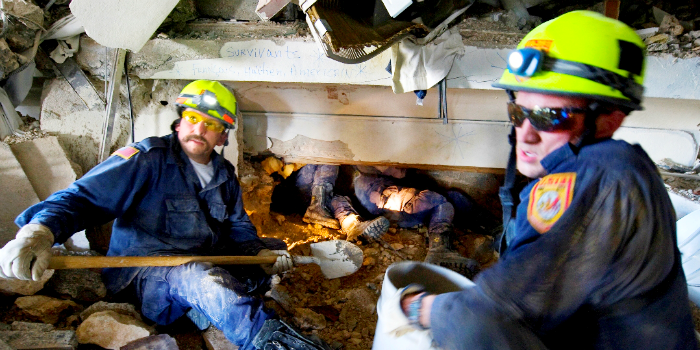
post
January 14, 2015
Providing SMS Solutions for Humanitarian and Disaster Relief
Custom SMS and voice solutions are incredibly powerful in humanitarian and natural disaster relief efforts. In the past, organizations have used texting to send notifications, deliver surveys and solicit donations (see our post on non-profits and SMS for more use cases). But it’s really been over the past few months that texting has started to show its worth as a more sophisticated and even interactive large-scale communication solution.
When the Ebola virus started to spread through West Africa, afflicted nations partnered with non-profits to create large-scale text campaigns:
-
The Ministry of Health in Senegal and the World Health Organization (WHO) adapted a text platform called mDiabetes to send out Ebola health tips instead of diabetes health tips.
-
The World Food Programme (WFP) sent text surveys to monitor food security in Guinea, Liberia and Sierra Leone.
-
The government of Sierra Leone partnered with a local phone provider and the International Federation of the Red Cross and Red Crescent Societies (IFRC) to send out health reminders to citizens over text.
There are three notable features of these all these use cases, the first being interactivity. The platform used in Sierra Leone lets citizens text in questions and receive automated responses about treatment options and health tips, all at no cost. During regional or national emergencies in the United States, citizens receive text-like Wireless Emergency Alerts (WEAs) advising them to take specific actions. However, they don’t have the ability to text back, which can be frustrating if someone wants or needs to get more basic information quickly.
The second feature is the ubiquity of texting. In African countries like Sierra Leone, most citizens don’t have access to mobile data but can send and receive SMS. Texting is one of the most effective ways to mass communicate with citizens anywhere in the world since it’s so widespread—over 69% of Sierra Leoneans have a cell connection. The stats in the U.S. aren’t much different: over 80% of Americans use texting, and over 90% own a cell phone.
The third feature of the Sierra Leone use case is government support. The Sierra Leonean government is able to mass communicate with its citizens, much like the U.S. government does with wireless alerts. However, non-governmental organizations in the U.S. that want to mass communicate via text need to comply with Mobile Marketing Associations guidelines. They give citizens the chance to opt-in to receive messages—in other words, they can’t text them out of the blue without their consent. For companies using short codes (5-6 digit numbers), this is a must; for companies using long codes (10-digit numbers), this isn’t required but is highly recommended.
There’s a lot that’s technically possible with texting—your use-cases, the tools and resources you have available will ultimately determine how far you can take it. But the extent to which resources is a factor is decreasing dramatically. For example, OneReach makes it easy and fast to create custom SMS solutions without the often expensive costs of programming resources.
To schedule a demo of OneReach’s text solutions, email support@onereach.com.
Photo by Flickr user Chuck Simmins.
Stay up to date
Latest Articles

OneReach.ai Named a Leader in the IDC MarketScape for Conversational AI Software 2023
December 18, 2023



